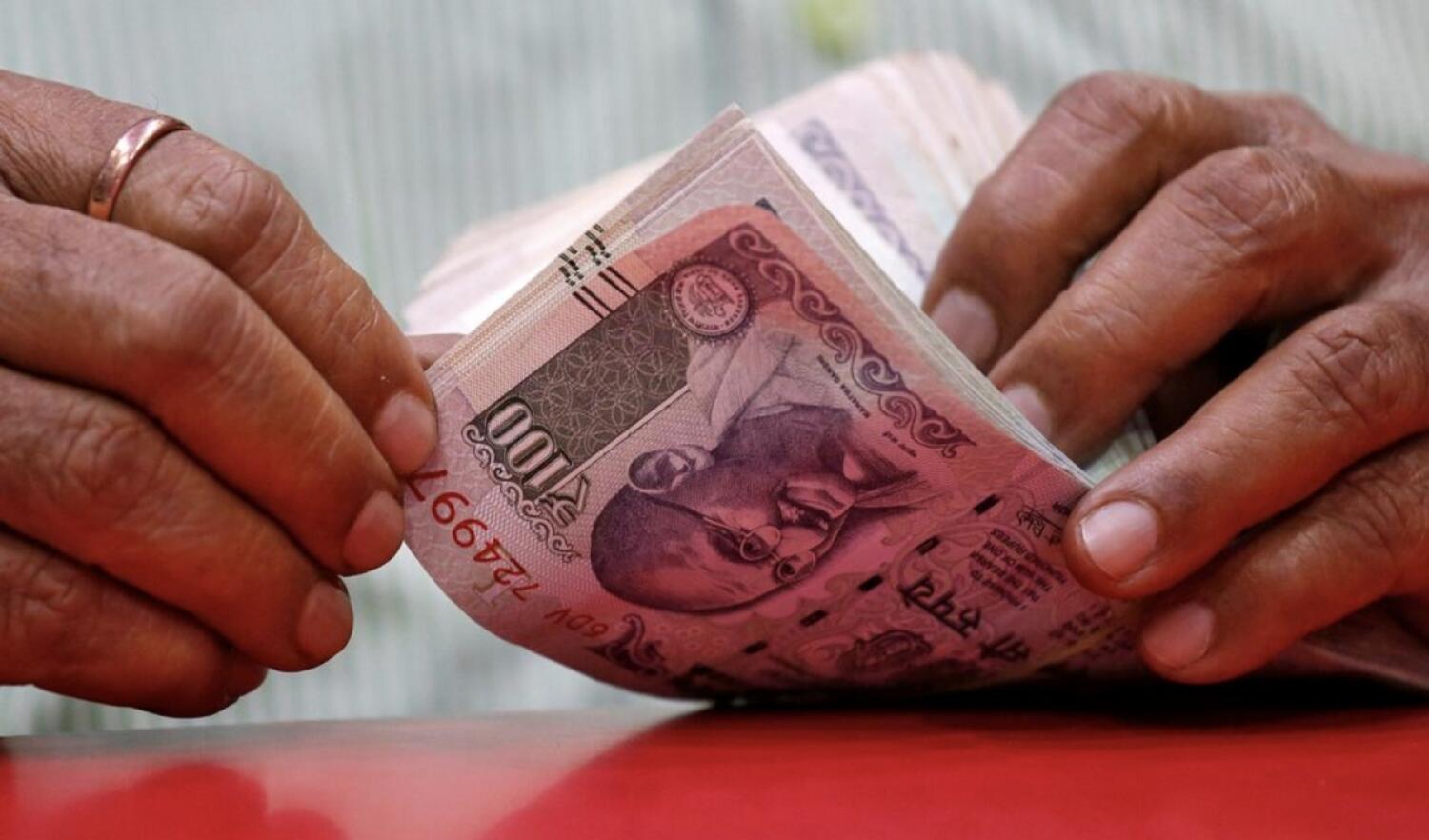In current weeks, the Indian rupee has been in freefall, engaging in record lows in opposition to both the UAE dirham and the USA dollar. As the foreign exchange continues its decline, analysts are looking forward to that it may hit a brand new low of ninety against the dollar or even drop below 26 in step with the dirham by means of way of the stop of the 12 months. This sharp depreciation is basically pushed by means of way of shifts in India’s monetary coverage underneath the brand new Reserve Bank of India (RBI) Governor, Sanjay Malhotra. Under Malhotra’s management, the RBI is expected to move far from its former technique of closely pegging the rupee to the dollar, which had been the norm underneath his predecessor.
Factors Behind the Rupee’s Decline
Several factors have contributed to the rupee’s slide. Most considerably, the Indian overseas money has been negatively impacted with the aid of chronic overseas institutional investor (FII) outflows, that have heightened strain at the rupee. Another vast trouble has been the sturdy call for for greenbacks, specifically from oil importers. As oil charges surged, India’s dependence on crude oil imports increased, further exacerbating the call for for overseas foreign exchange. Additionally, rising US Treasury yields have drawn customers faraway from rising markets like India, adding to the rupee’s vulnerability.
On January 10, 2025, the rupee hit an all-time low of 86.04 to US dollar, last at 85.9728 consistent with Bloomberg facts. This marks a giant blow to the currency, which has now fallen with the aid of greater than 10% against the US dollar in recent months. This style indicators a major shift in India’s currency insurance, as the RBI can also permit extra volatility inside the rupee’s alternate rate moving ahead.
Potential Impact on India’s Economy
The steep depreciation of the rupee incorporates blended implications for the Indian economic gadget. On one hand, a weaker rupee might also need to offer a much-wanted improve to India’s export area, which has lengthy struggled with an puffed up foreign money. By making Indian objects more aggressive on the worldwide market, the weaker rupee have to spur increase in exports, probably enhancing India’s change balance. In truth, some analysts consider that the RBI’s shift closer to a more market-pushed technique to alternate fees should assist stability India’s exchange dynamics in the long time.
However, there are serious worries regarding the terrible influences of a weaker rupee. One of the most immediate results may be the rise in the charge of imports, specifically crude oil. As India is one of the international’s biggest oil importers, a depreciating rupee will make oil extra expensive, which in turn should growth inflationary pressures. Rising oil costs ought to pressure India’s import-heavy economic machine, pushing up fees for gadgets and offerings at some stage in the board. This is probably specially hard for a country already grappling with excessive inflation, as it could make essential necessities more high priced for customers.
The Strain on Inflation and Economic Growth
A weaker rupee can also exacerbate inflation in India, specially when it comes to imported goods. Increased expenses for gas, meals, and raw materials have to placed a pressure on family incomes and reduce purchaser spending. At the same time, the Reserve Bank of India (RBI) also can locate it difficult to control inflation while seeking to maintain economic growth. The RBI has to strike a sensitive balance among controlling inflation and helping boom. If the rupee maintains to depreciate, the precious monetary organization can also face pressure to raise hobby costs, but this will sluggish down the monetary device and hose down investor sentiment.
Interestingly, a weaker rupee also can have some amazing results on remittances. Indian expatriates who send money decrease again domestic might also want to benefit from the depreciation, as they would attain extra rupees for his or her overseas income. This have to provide a temporary cushion for family earning in India, mainly in rural areas in which remittances play an crucial function in helping families.
The Challenges of Currency Volatility
The RBI’s approach to stabilizing the rupee has traditionally concerned controlling foreign cash volatility through a assemble-up of foreign-exchange reserves. At the give up of September 2024, India’s remote places-exchange reserves reached an all-time immoderate of $704.89 billion, presenting the RBI with a buffer to stabilize the forex. However, this reserve stockpile has decreased by manner of approximately $70 billion in recent months, highlighting the demanding conditions of retaining such immoderate levels of intervention inside the face of market pressures.
As the RBI potentially shifts to a extra bendy change fee regime, the rupee’s volatility is predicted to growth. While this will allow for marketplace corrections in reaction to financial fundamentals, it is able to also create uncertainty for companies and customers, making it more difficult to assume destiny trade expenses. This advanced volatility have to negatively have an effect on investor sentiment and lift issues approximately the steadiness of India’s fairness and debt markets.
Long-Term Outlook
Looking ahead, a few analysts are watching for that the rupee should fall in addition, probable accomplishing 95 against the dollar by the end of 2025. Analysts Udith Sikand and Tom Miller of Gavekal Research trust that a bigger depreciation of up to 10% is viable this year. They argue that on the same time as a weaker rupee may be difficult inside the short term, it is able to in the end help boost India’s export economic machine with the resource of correcting an hyped up alternate rate.
In cease, the destiny of the Indian rupee remains unsure, with the currency going via extensive stressful situations in the near time period. The shift within the RBI’s overseas cash policy ought to result in extra volatility, but it additionally offers an opportunity for India’s export vicinity to advantage competitiveness on the global degree. However, the terrible consequences of a weaker rupee, especially in terms of growing inflation and accelerated import charges, need to create financial challenges for India. The vital monetary organization will need to carefully navigate those dangers as it adjusts to a greater marketplace-pushed method to foreign money control.


















+ There are no comments
Add yours